planets
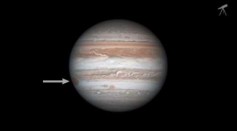
Jupiter Will Make The April Night Sky The Brightest Than Venus
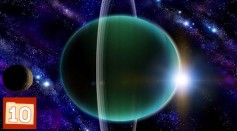
Uranus Gas Smells Like Farts, Scientists Revealed
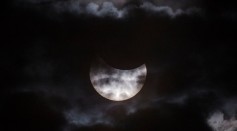
NASA Readies Satellites For The Alignment Of Stars And Planets
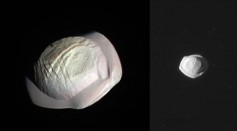
Saturn's Moon Pan Gets Spectacular Shape Captured by NASA's Cassini Spacecraft
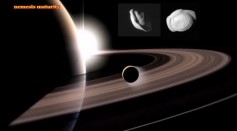
New Closest Photos of Saturn's Tiny Moon Looks Like A Dumpling

NASA To Introduce Newly Discovered Planets

NASA Finds Evidence Of Organic Material And Life Possibilty On Planet Ceres
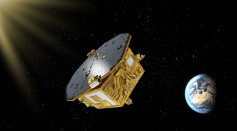
Astronomers Discover 'Super Earth', 60 More Planets Near Solar System

‘Super Earth’ May Provide Life Outside Earth
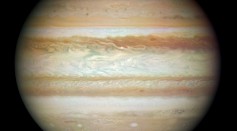
Astronomers Indentifies Jupiter's Formation
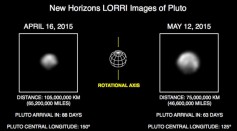
New Horizon's Beams Back New Images of Pluto
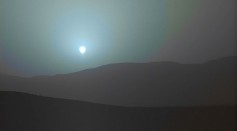
The Red Planet Turns Blue As the Sun Sets
Humanity Closer to Mars Than Ever According to NASA
May Will Be a Big Month for Sky Gazers
Most Popular

How Technology Is Changing the Real Estate Industry?

How a Plant-Based Diet Can Protect Against Breast Cancer: Insights from Nutrition Research

Study Reveals High Turnover in Scientific Research Careers: What This Means for Future Scientists

Why It's So Difficult to Lose Weight: The Biological Explanation Behind Obesity






